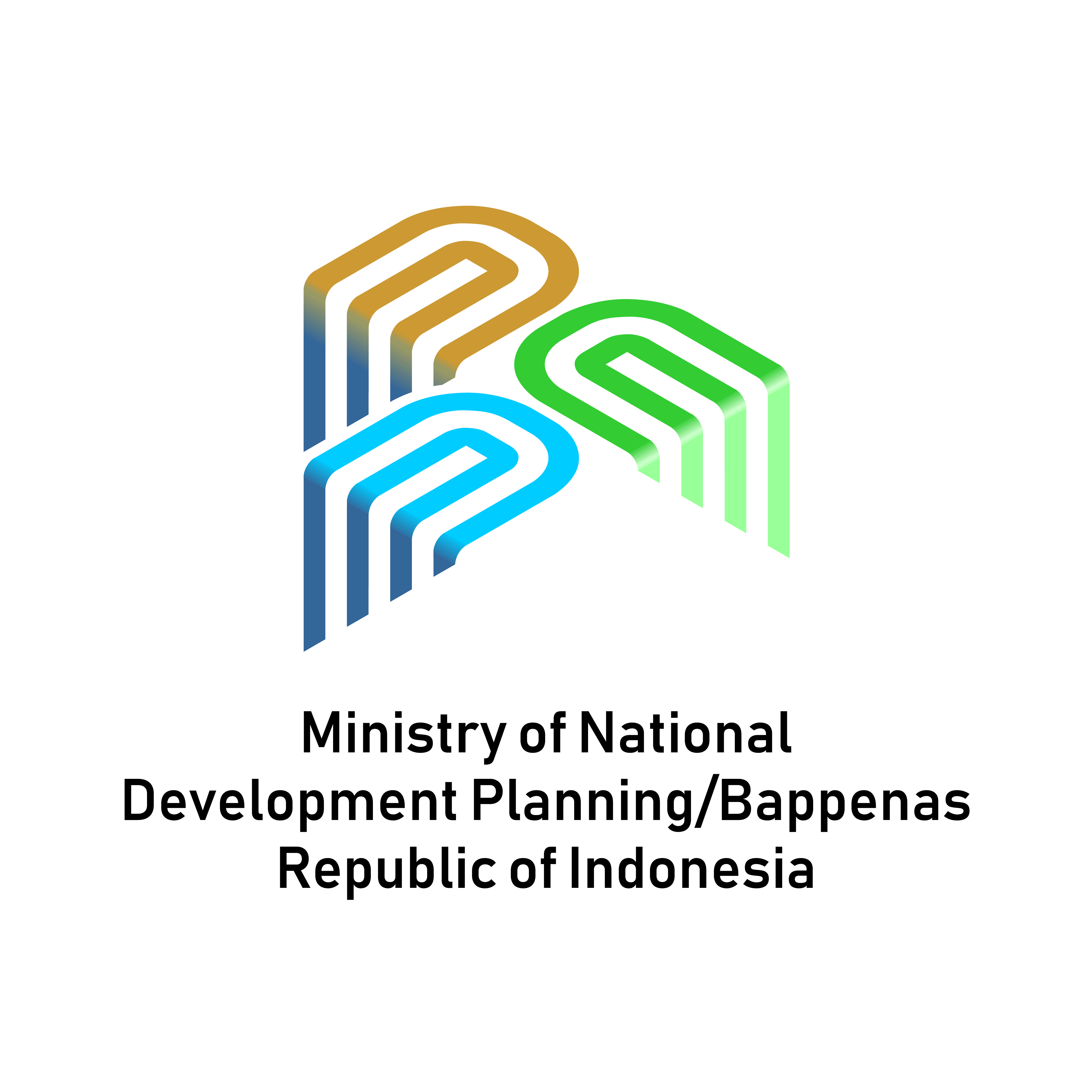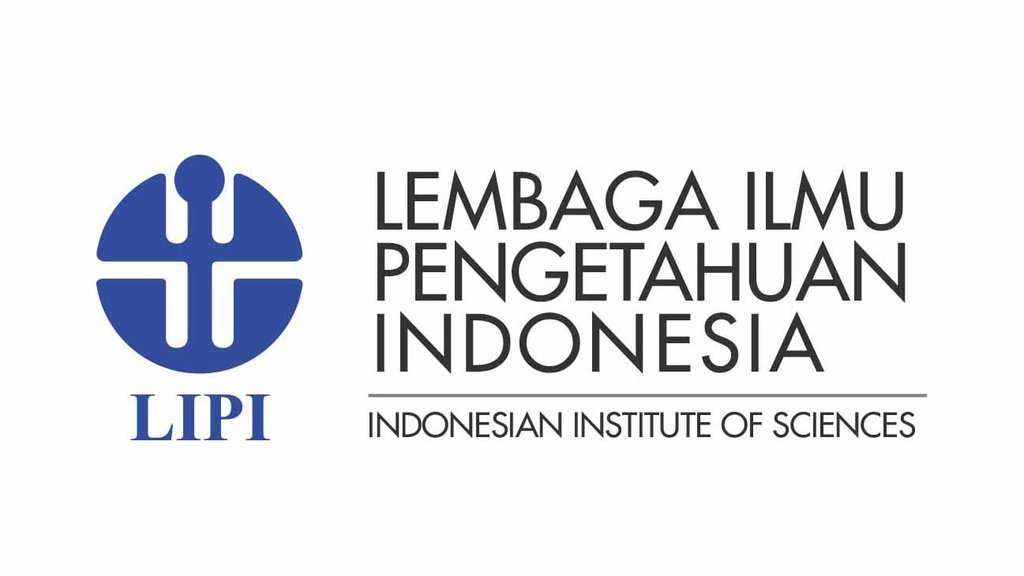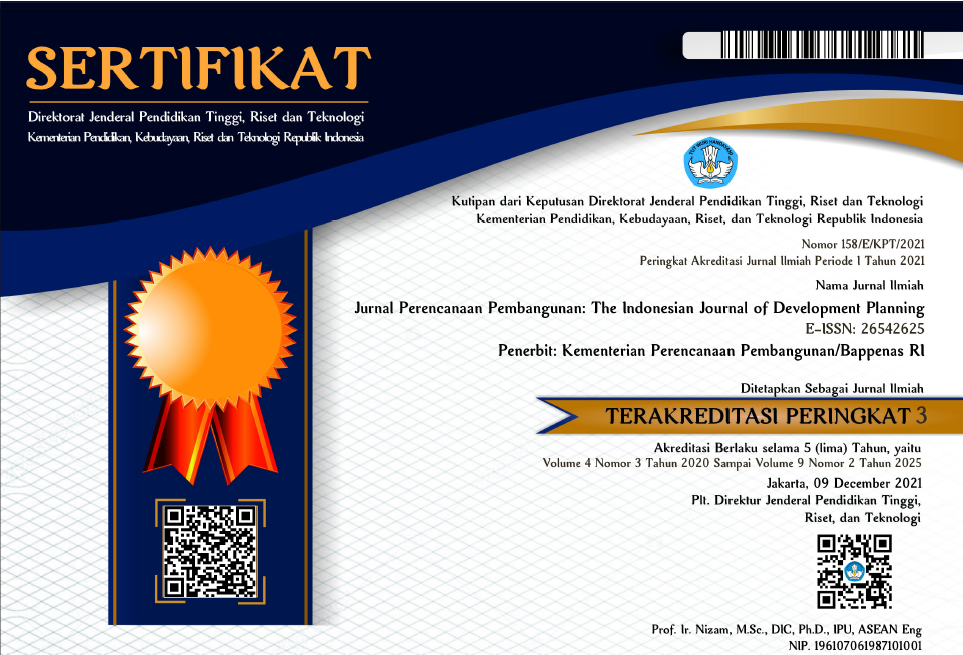Public Perspective toward Car-free Day Program as a Public Open Space: A Case Study in Klaten, Central Java
Public open space in small town
DOI:
https://doi.org/10.36574/jpp.v5i3.219Keywords:
car-free day;, people wellbeing, open space, transport congestionAbstract
Public open spaces are the core component of sustainable urban development which can provide multiple advantages. There has been growing interest from policy-makers to implement car-free day (CFD) either in big cities or small cities to promote economic activity, public mental health, and wellbeing. Here, we conducted an exploratory study to describe the characteristic of CFD as an open space allocation and its characteristic as well as explores the perspective of urban residences regarding the utilization of road space as open space viewed from physical, social, and economical functions. Results indicate that circulation lines, public facilities as well as street furniture are well organized although there is a small issue regarding pedestrian space that was minimum. Respondents believe that public open spaces should consider prioritizing the comfort and active engagement support while they do not aware of the discovery aspect. The vast majority of respondents (32%) purposes are to have an exercise at CFD.
Downloads
References
Anwar, A. H. M. M. et al. (2009) ‘No Title’, in The 8th International Conference of Eastern Asia Society for Transportation Studies, pp. 208–221.
Arwini, N. P. D., Negara, I. N. W. and Suthanaya, I. P. A. (2015) ‘Analisis dampak pelaksanaan Car-free day di Kota Denpasar, Studi kasus: Jalan Raya Puputan Niti Mandala Renon’, Jurnal Spektran, 3(1), pp. 56–64. doi: 10.24843/spektran.2015.v03.i01.p07.
Badland, H. et al. (2014b) ‘Urban liveability: Emerging lessons from Australia for exploring the potential for indicators to measure the social determinants of health’, Social Science and Medicine, 111, pp. 64–73. doi: 10.1016/j.socscimed.2014.04.003.
Belgiawan, P. F. et al. (2014) ‘Car ownership motivations among undergraduate students in China, Indonesia, Japan, Lebanon, Netherlands, Taiwan, and USA’, Transportation, 41(6), pp. 1227–1244. doi: 10.1007/s11116-014-9548-z.
Cai, H. and Xie, S. (2011) ‘Traffic-related air pollution modeling during the 2008 Beijing Olympic Games: The effects of an odd-even day traffic restriction scheme’, Science of the Total Environment, 409(10), pp. 1935–1948. doi: 10.1016/j.scitotenv.2011.01.025.
Cantillo, V. and De Dios Ortúzar, J. (2014) ‘Restricting the use of cars by license plate numbers: A misguided urban transport policy’, Dyna, 81(188), pp. 75–82. doi: 10.15446/dyna.v81n188.40081.
Carmona, M. (2019b) ‘Principles for public space design, planning to do better’, Urban Design International, 24(1), pp. 47–59. doi: 10.1057/s41289-018-0070-3.
Chen, Y., Liu, T. and Liu, W. (2016) ‘Increasing the use of large-scale public open spaces: A case study of the North Central Axis Square in Shenzhen, China’, Habitat International, 53, pp. 66–77. doi: 10.1016/j.habitatint.2015.10.027.
Chiesura, A. (2004) ‘The role of urban parks for the sustainable city’, Landscape and Urban Planning, 68(1), pp. 129–138. doi: 10.1016/j.landurbplan.2003.08.003.
Dharmowijoyo, D. B. E. et al. (2015) ‘Collecting a multi-dimensional three-weeks household time-use and activity diary in the Bandung Metropolitan Area, Indonesia’, Transportation Research Part A: Policy and Practice, 80, pp. 231–246. doi: 10.1016/j.tra.2015.08.001.
Farda, M. and Balijepalli, C. (2018) ‘Exploring the effectiveness of demand management policy in reducing traffic congestion and environmental pollution: Car-free day and odd-even plate measures for Bandung city in Indonesia’, Case Studies on Transport Policy, 6(4), pp. 577–590. doi: 10.1016/j.cstp.2018.07.008.
Huboyo, H. S. (2019) ‘Shifting of air pollutants distribution during car free day event’.
Indria, - and Munawar, A. (2015) ‘Pengaruh Program Car Free Day Terhadap Penurunan Beban Pencemar Co Dan No2’, Envirotek?: Jurnal Ilmiah Teknik Lingkungan, 7(2), pp. 68–74.
Jennings, V., Larson, L. and Yun, J. (2016) ‘Advancing sustainability through urban green space: Cultural ecosystem services, equity, and social determinants of health’, International Journal of Environmental Research and Public Health, 13(2). doi: 10.3390/ijerph13020196.
Kabisch, N. et al. (2021) ‘Landscape and Urban Planning Physiological and psychological effects of visits to different urban green and street environments in older people?: A field experiment in a dense inner-city area’, Landscape and Urban Planning, 207(May 2020), p. 103998.
Konijnendijk, C. C. et al. (2013) ‘Benefits of Urban Parks - A systematic review’, International Federation of Parks and Recreation Administration, (January), pp. 1–68.
Koohsari, M. J. et al. (2015) ‘Public open space, physical activity, urban design and public health: Concepts, methods and research agenda’, Health and Place, 33, pp. 75–82. doi: 10.1016/j.healthplace.2015.02.009.
Kurniati, A. C. and Nitivattananon, V. (2016) ‘Factors influencing urban heat island in Surabaya, Indonesia’, Sustainable Cities and Society, 27, pp. 99–105. doi: 10.1016/j.scs.2016.07.006.
Lau, H. M. (2014) Investigating the Small Public Urban Open Spaces at High-density Cities?: A Case Study of Hong Kong Investigating the Small Public Urban Open Spaces at High-density Cities?: A Case Study of Hong Kong. Upsala University.
Leo, A., Morillón, D. and Silva, R. (2017) ‘Review and analysis of urban mobility strategies in Mexico’, Case Studies on Transport Policy, 5(2), pp. 299–305. doi: 10.1016/j.cstp.2016.11.008.
Ling, G. H. T. et al. (2021) ‘A DSR Methodology for Conceptual Solution Development of Public Open Space Governance’, Journal of Regional and City Planning, 32(1), pp. 15–35. doi: 10.5614/jpwk.2021.32.1.2.
Matthew McConnachie, M. and Shackleton, C. M. (2010) ‘Public green space inequality in small towns in South Africa’, Habitat International, 34(2), pp. 244–248. doi: 10.1016/j.habitatint.2009.09.009.
Nasution, A. D. and Zahrah, W. (2015a) ‘The Space is Not Ours, the Life of Public Open Space in Gated Community in Medan, Indonesia’, Procedia - Social and Behavioral Sciences, 202(December 2014), pp. 144–151. doi: 10.1016/j.sbspro.2015.08.217.
Nurhandoko, B. E. B., Martha, R. K., Triyoso, K., Wibowo, S. A., & Widowati, S. (2021). Airflow Study of A Closed Room in the Public Spaces and Mass Transportation for Healthy and Safe from The Transmission of Covid19. Jurnal Perencanaan Pembangunan: The Indonesian Journal of Development Planning, 5(1), 20-31. https://doi.org/10.36574/jpp.v5i1.158
Nieuwenhuijsen, M. J. and Khreis, H. (2016) ‘Car free cities?: Pathway to healthy urban living’, Environment International, 94, pp. 251–262. doi: 10.1016/j.envint.2016.05.032.
Panya, N. (2012) Enhancing co-benefits from improved management of urban public green space services in chiang mai municipality, Thailand. Asian Institute of Technology. Available at: http://staging2.ilo.org/wcmsp5/groups/public/---asia/---ro-bangkok/---ilo-jakarta/documents/publication/wcms_122169.pdf.
Prabowo, F. S. . et al. (2018) ‘Investigating the True Meaning of Car Free Day for Indonesian People’, Advances in Social Science, Education and Humanities Research, 306, pp. 10–15. doi: 10.2991/isseh-18.2019.3.
Priyono, B., Rohidi, T. R. and Soesilowati, E. (2017) ‘Patterns of Public Spaces Based on “Sport For All” and Pepople’s Adaptation Process in Semarang City’, The Journal of Educational Development, 5(1), pp. 59–71.
Rachman, H. O. and Barus, L. S. (2019) ‘Impact of Car-Free Day on air pollution and its multifarious advantages in Sudirman-Thamrin Street, Jakarta’, International Journal of GEOMATE, 17(62), pp. 167–172. doi: 10.21660/2019.62.8286.
Shuib, K. B., Hashim, H. and Nasir, N. A. M. (2015a) ‘Community Participation Strategies in Planning for Urban Parks’, Procedia - Social and Behavioral Sciences, 168, pp. 311–320. doi: 10.1016/j.sbspro.2014.10.236.
Turel, H. S., Yigit, E. M. and Altug, I. (2007) ‘Evaluation of elderly people’s requirements in public open spaces: A case study in Bornova District (Izmir, Turkey)’, Building and Environment, 42(5), pp. 2035–2045. doi: 10.1016/j.buildenv.2006.03.004.
Veske, J. (2008) Survey research and analysis: Applications in parks, recreation and human dimensions, Venture. Pennsylvania: State College. doi: 10.7226/jtfm.
Victoria Derr, Halice Ruppi and Deryn Wagner (2016) ‘Honoring Voices, Inspiring Futures: Young People’s Engagement in Open Space Planning’, Children, Youth and Environments, 26(2), p. 128. doi: 10.7721/chilyoutenvi.26.2.0128.
Villanueva, K. et al. (2015a) ‘Developing indicators of public open space to promote health and wellbeing in communities’, Applied Geography, 57, pp. 112–119. doi: 10.1016/j.apgeog.2014.12.003.
Yung, E. H. K., Conejos, S. and Chan, E. H. W. (2016a) ‘Social needs of the elderly and active aging in public open spaces in urban renewal’, Cities, 52, pp. 114–122. doi: 10.1016/j.cities.2015.11.022.
Downloads
Published
How to Cite
Issue
Section
License
This is an open-access article distributed under the terms of the Creative Commons Attribution-NonCommercial-ShareAlike 4.0 International License. Copyright © Kementerian PPN/Bappenas RI


















